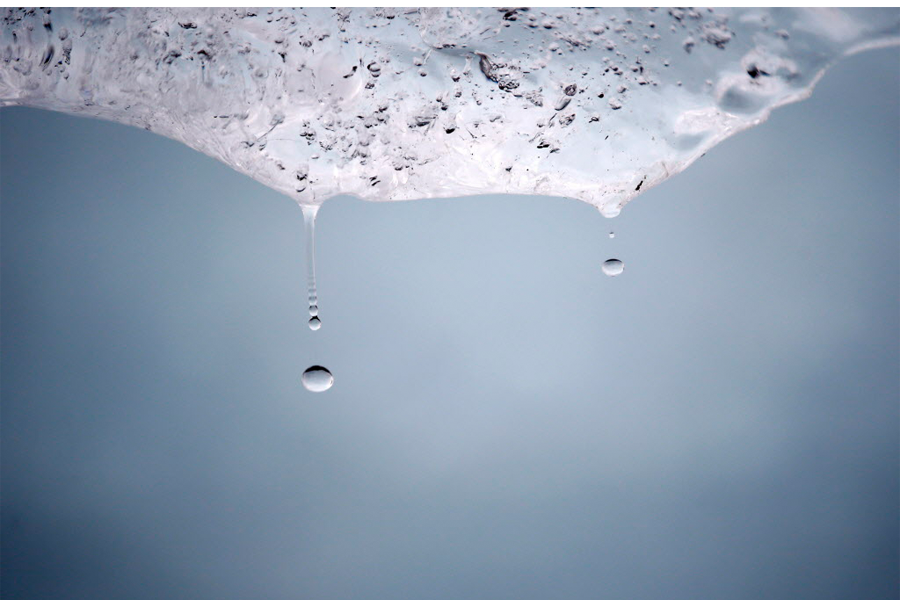Just how fast is Greenland melting?
Loading...
A new study tracks how Greenland's ice structure has changed over time, including how the melting rate has accelerated in recent years.
This latest study, published Wednesday in the journal Nature, tracks how Greenland’s ice mass and structure has changed over a 110-year period. This fills in crucial gaps in knowledge about Greenland’s role in sea-level rise, for which little data has existed until now.
“We have observation-based estimates that is new and super important,” Kristian Kjellerup Kjeldsen, the lead author of the study at the Natural History Museum of Denmark, told Scientific American.
The researchers made their observations by tracking the changes in Greenland’s ice structure that had been captured in thousands of black-and-white photos taken before 1990, when energy-balance modeling and empirical modeling became commonly used.
They compared Greenland’s current ice structure to its baseline composition during the "Little Ice Age" that blanketed much of the world with freezing temperatures, glacier formations, and storms between 1560 and 1850.
"One of the unique things about our results – which distinguish them from earlier model studies – is that we not only estimate the total mass loss of the entire ice. But we can actually calculate changes all the way down to regional and local levels and say something about changes for individual outlet glaciers," Dr. Kjeldsen said in a press release.
What the researchers discovered was that ice loss from the Greenland Ice Sheet from 1900 to 2010 has contributed between 10 and 18 percent to global sea-level rise. The scientists also found that melting has accelerated since at least the 1950s.
It is already known that the Arctic is warming twice as fast as the rest of the planet, thanks to weather-pattern changes that have been induced by climate change and are bringing increasingly warmer air to the Earth’s poles, thus accelerating melting. In the Arctic, melting from both the young surface ice and the older, deeper ice underneath are contributing to worldwide sea level rise.
This latest study not only demonstrates how Greenland has and continues to play a role in global sea-level rise, but it also how its melting rate has changed over time. That’s crucial for bodies like the United Nations Intergovernmental Panel on Climate Change (IPCC), which regularly produce reports on climate change.
Previous IPCC reports on climate change did not include residual sea level rise data from the Greenland Ice Sheet before 1990. The researchers believe that their findings will contribute a more precise picture of the science behind global warming to the IPCC's next report.
"We are one step further in mapping out the individual contributions to global sea level rise," Professor Kurt H. Kjær, of the Natural History Museum of Denmark, said in the press release. "In order to predict future sea level changes and have confidence in the projections, it is essential to understand what happened in the past."






